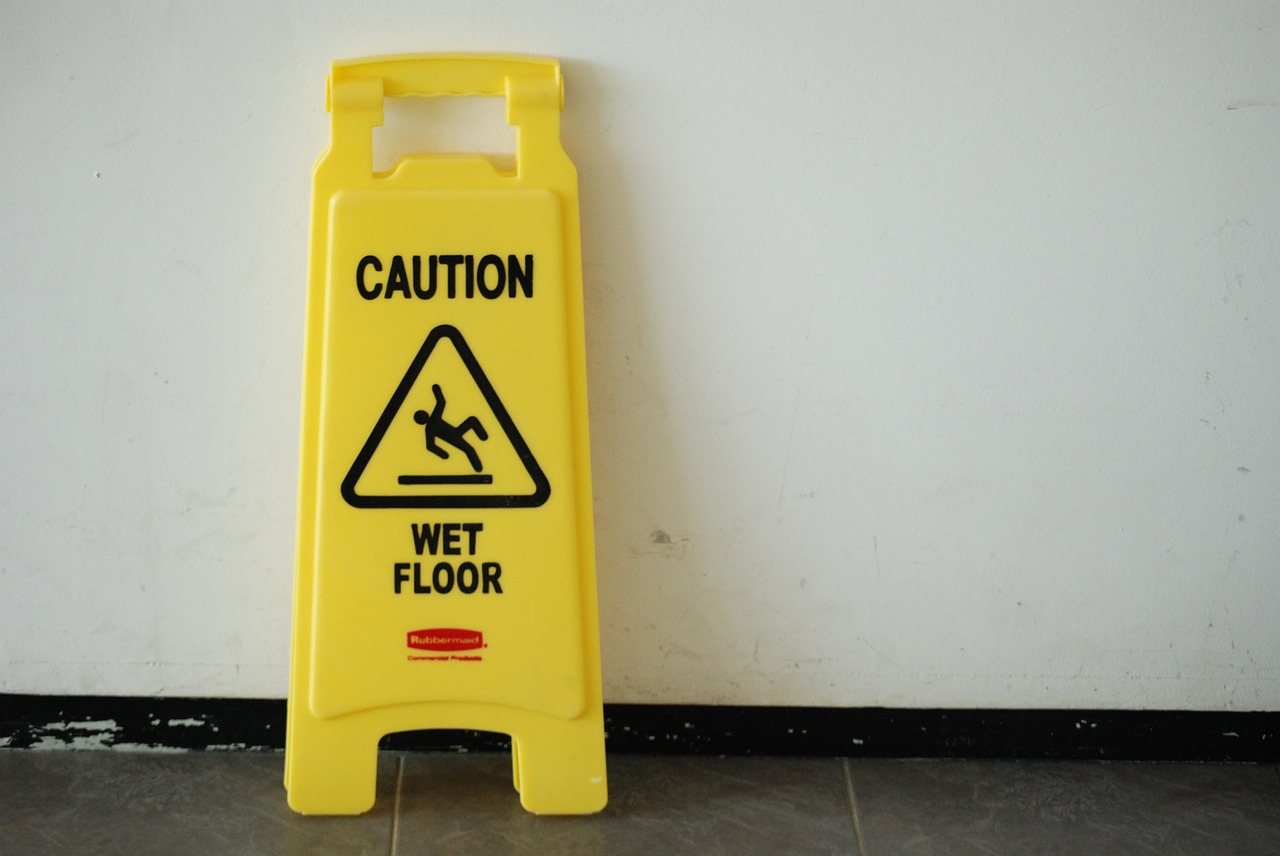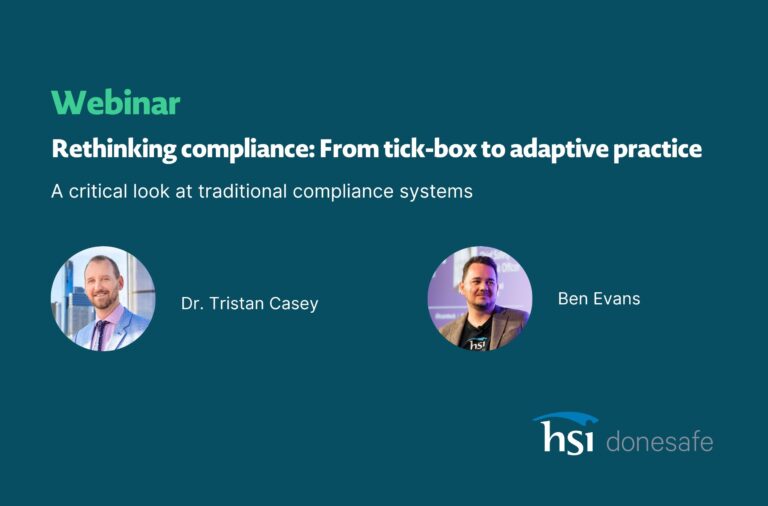
Underestimating the severity of office health and safety hazards is a key obstacle to the prevention
of office injuries. We mentioned earlier this month that offices often appear much safer than they
are, but here lies the danger of office safety risks: they are less visible and easy to overlook. Hard
hats and safety goggles won’t guard against these hazards, but laying down some ground rules can
raise awareness, and make your office a much safer—and more comfortable—place to work.
Modern office planners and many office denizens favor the aesthetic of the laid-back office, with
plenty of amenities and eclectic accents. Quirky beanbag chairs and comfy couches are fun, and
relaxing, and offer a much-needed opportunity to de-stress. However, eventually, people might start
to bring their work to the beanbag chair. This is a problem because this kind of furniture is not
ergonomically suited to the task of working on a laptop. This working position is bad news for your
posture, causing strain that may result in neck and back problems. But these issues can be averted
just by asking people to work at their desks, right? Well, maybe. Working out of a beanbag chair is
universally bad, but also remember that there’s a right way, and a wrong way, to sit at a desk.
Here are some useful tips from physiotherapist Joanne Gough on keeping proper sitting posture:
- Push your bottom as far back as possible.
- Adjust the seat height so that knees are slightly lower than your hips.
- Use a rolled-up towel or your chair’s lumbar support in the curve of the small of your back.
- Place your keyboard so that your elbows bend at 90 degrees.
- Align the ‘G’ key with your belly button.
Trips and falls are another major cause of office injuries. Almost anything could be a tripping hazard,
from electrical cables to empty boxes. To prevent trips and falls, try to avoid clutter in general,
especially in narrow spaces like hallways. It’s also wise to monitor the use of electrical cables. Cords
that stretch across the office pose both an electrical hazard and a tripping hazard. If employees are
bringing umbrellas or tracking rain or snow into the building, consider where you should update your
floor furnishings. It’s well worth switching from a slick surface to carpet or non-skid flooring if it
minimizes accidents that may result in serious injury.
Typical office lighting is designed for maximum effect, but you might find that removing a few bulbs
from the overhead lights creates a much more comfortable atmosphere. Keep lighting task-appropriate. In smaller offices, individual task lamps may be more suitable than fluorescent lighting.
Dim the blinds or lights to reduce computer screen glare, which is often blamed for vision problems
and headaches.
The realm of personal hygiene is often wrongly overlooked in-office health and safety guidelines.
The adage that “employees must wash hands before returning to work” isn’t just for restaurants.
The volume of traffic in any office setting can make it a breeding ground for germs and disease.
People are working in relatively close quarters, using, and even sharing, computer peripherals such
as keyboards and mice, as well as telephone receivers. Another way that employees might
unknowingly contribute to office uncleanliness is by making a habit of eating at their desks.
Addressing office hygiene practices is good for everyone, and there are several ways of putting this
into practice. Posting a reminder about hand-washing in the restroom should not only communicate
that this is important but also actually show how to do it properly. If at all possible, encourage
employees to take their lunch away from their desks. If you have a kitchen or common area,
consider whether it is an inviting and relaxing space or just an afterthought. A weekly cleaning ritual
can also help instill a culture of cleanliness. Always keep the office stocked with cleaning wipes, and
designate a time each week for all employees to clean their workstations and equipment. If your
office has a fridge, it’s good practice to include that in the weekly cleaning duties. Lastly, providing
enough sick days will also eliminate the pressure for employees to come to work when they might
be contagious to others.
Did we miss anything? Let us know in the comments or tweet us @donesafe.
Thanks for reading!
By Aja Cacan at donesafe.com
For a paperless, jargon-free business safety solution that you can manage from your phone, click here to get in contact and ask about how you can try Donesafe for FREE or visit our features page to find out more.
Share:



